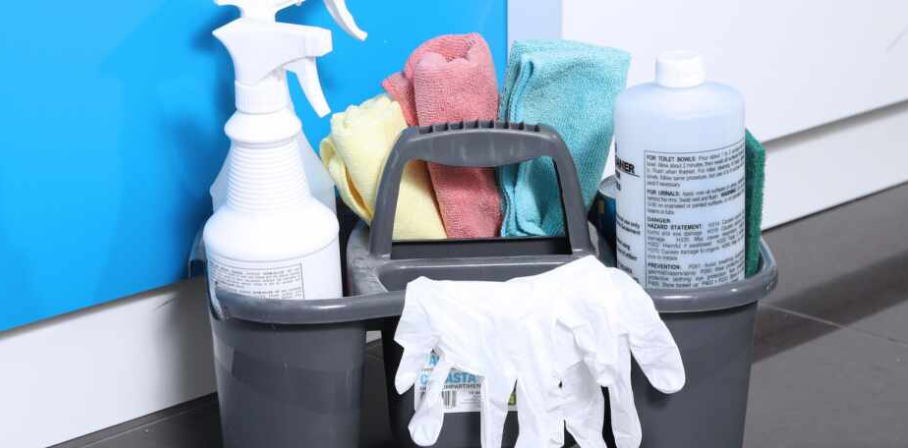If you are living somewhere with little natural light, do not change the place rather create a healthier living environment. Yes, you can do it using smart lights for indoor plants. These lights work like mini-suns, giving plants exactly what they need to grow.
Many people are discovering the joy of growing plants indoors, from fresh herbs in the kitchen to leafy vegetables and beautiful tropical plants. Environmentally-conscious lighting solutions make it possible for anyone to become a successful indoor gardener.
So what are you waiting for? Turn any corner of your home into a flourishing green space by installing these smart lights today. If you still need any guidance on it, this article will help you to understand picking the right lighting solution for your indoor plants.

Understanding Plant Light Requirements
Plants have evolved over millions of years to utilize specific light wavelengths for photosynthesis. While natural sunlight provides the full spectrum they need, indoor environments often fall short. This is where Intelligent lighting solutions come into play, offering precise control over light intensity, duration, and band to match each plant’s unique needs.
Overview of Smart Lighting Solutions
Smart lighting solutions are advanced systems that can adjust light intensity, its pattern, and duration based on the needs of your plants. Using sensors and automation, these lights adapt to the changing requirements of plants as they grow.
Features of smart lighting solutions include:
- Adjustable light wavelengths for different plant types.
- Energy-efficient technology to reduce electricity consumption.
- Automation options to simulate day-night cycles.
These systems ensure your plants receive optimal light exposure, promoting better growth and health.
Best Practices for Indoor Light Management
Some of the most helpful tips for using grow lights involve simple setup and daily care steps. Getting these basics right can make a big difference in how well your plants grow.
Light Positioning
Proper placement of growing lights is crucial for success. Most plants benefit from lights positioned 12-24 inches above their canopy, though this distance may vary by species and light intensity. Regular adjustments ensure optimal light exposure as plants grow.
Duration Control
Different plants require varying amounts of daily light exposure. While some grow with 12 hours of light, others may need up to 16 hours. Smart systems can maintain these schedules automatically, ensuring consistent growth patterns.
Temperature Management
Modern growing lights produce minimum heat, but proper ventilation remains important. Good airflow helps maintain ideal growing temperatures and strengthens plant stems, leading to healthier growth.

Choosing the Right Smart Lighting System
Selecting the best lighting for your plants involves understanding their specific needs. Different plants require varying light spread and intensities. For example, leafy greens develop under blue light, while flowering plants benefit from red light.
When choosing a system, consider:
- Light Spectrum: Full-spectrum LED lights are ideal for most plants.
- Energy Efficiency: Look for environment friendly lighting to reduce your carbon footprint while ensuring plant growth.
- Automation Features: Systems with timers and sensors help maintain consistent light cycles.
Setting Up Your Smart Lighting System
Installing a smart lighting system for your indoor plants is easier than you might think. Here’s a step-by-step guide:
Step 1: Identify Plant Needs
Determine the type of plants you have and their light requirements. This will help you choose the right system.
Step 2: Select the Right Lighting
Go for a smart lighting system that offers adjustable colors and automation features.
Step 3: Install the System
Position the lights close enough to your plants to provide adequate coverage but not so close that they cause overheating.
Step 4: Set Up Automation
Use timers and sensors to automate the lighting schedule. Mimic natural daylight patterns for the best results.
Step 5: Monitor and Adjust
Regularly check your plants for signs of light stress or insufficient light. Adjust the settings as needed to ensure they remain healthy.
Tips for Maximizing Growth with Smart Lighting
Here are some beneficial tips to help you get the most out of your lighting system:
- Rotate plants to ensure even light distribution.
- Clean light gadgets regularly to maintain their efficiency.
- Combine lighting with other factors like proper watering and ventilation for optimal growth.
Conclusion
To sum up, the right combination of technology and knowledge can transform any indoor space into a flourishing garden. Whether you’re growing herbs for cooking, maintaining tropical plants, or starting a small indoor vegetable garden, smart lighting solutions provide the tools needed for success.











